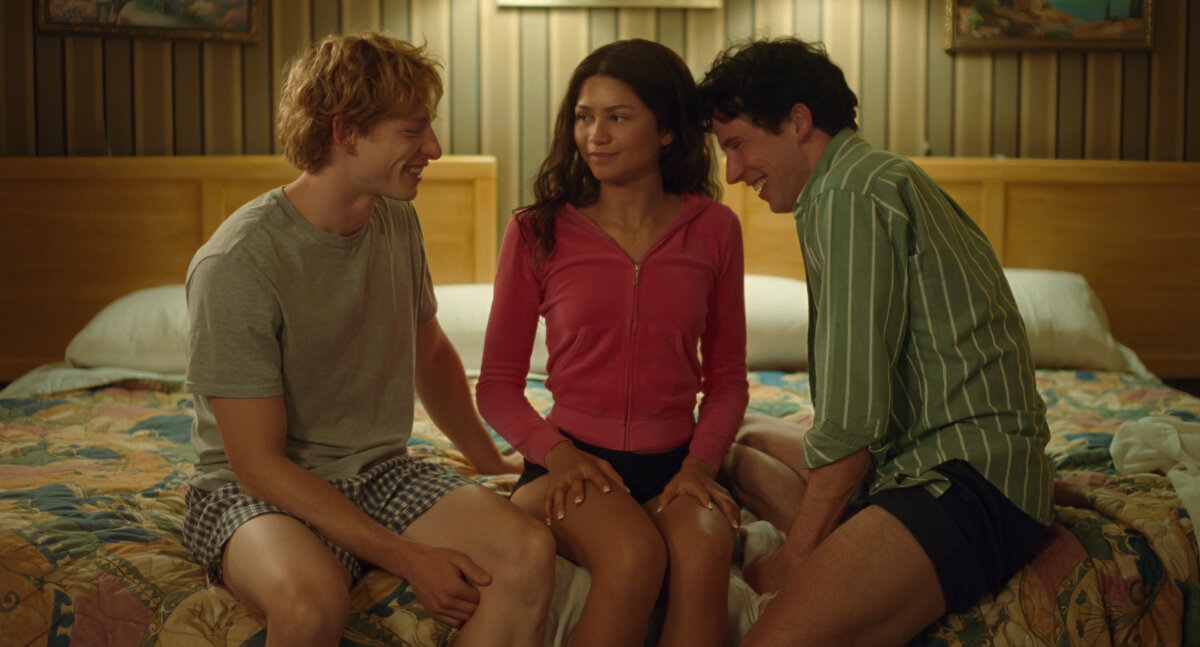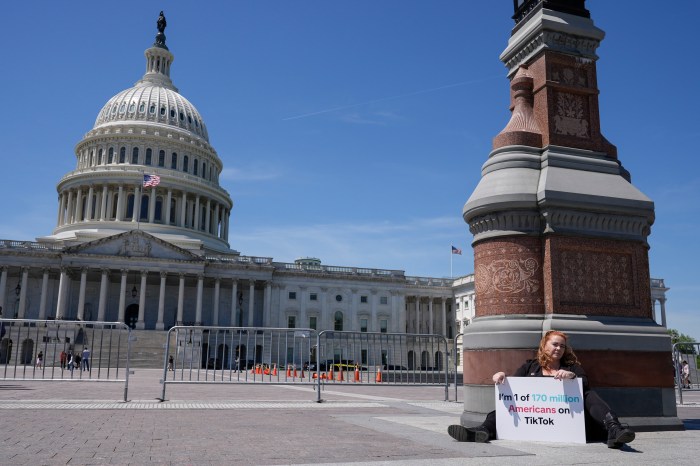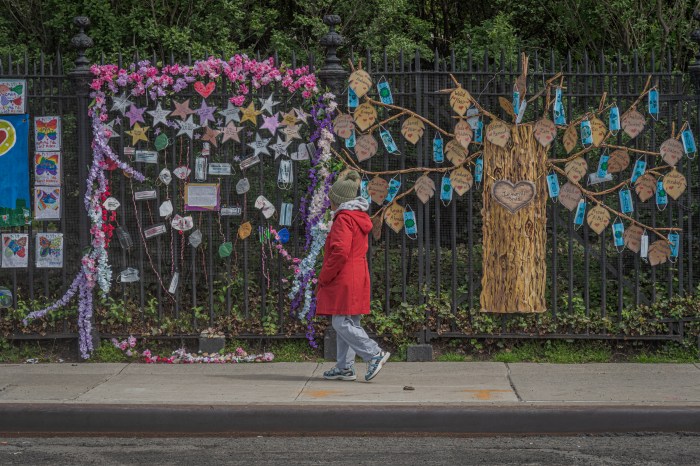Many of America’s major cities are linked to a specific style of music. In New Orleans it’s jazz, in Nashville it’s country and in New York it’s a certain strain of rock. The style, which is best exemplified by bands like the Velvet Underground and the Ramones, is usually aggressive yet melodic, with a sly sense of humor, often covering subjects other bands of the time wouldn’t touch.
Author, promoter and DJ Steven Blush has been covering the scene for decades, and his new book “New York Rock: From the Rise of the Velvet Underground to the Fall of CBGB” is a comprehensive look at the city’s rock music, highlighting both the legends and the lesser-known acts.
What makes New York rock different than rock from other cities?
Music is a product of its environment. The Ramones could’ve never come from anywhere but the five boroughs. The Beach Boys could have only come from Southern California. In terms of the sound, there’s a lot of tension and noise; it sounds like the city streets. In terms of style, New York rock bands evoke the city with a detached urban cool.
Forty years later, why does the ’70s/early ’80s era of NYC rock still have such a hold on people?
Because it was great. Because there has never been, and may never be, anything as intense. Because the music was so fresh and revolutionary, and the lifestyle crazy decadent. … If you know your art history, there are periods of great inspiration, followed by decades of people trying to catch up to it all. That’s what’s going on now.
What was unique about the city at that time that gave rise to so many creative scenes?
Once upon a time, creative people flocked to New York. There were all these bourgeoning major art schools, but most importantly, there were jobs to be had for artists in New York City, from publishing houses to record labels. But the Big Apple was in decay and downtown slum rent was cheap, and a few waves of young creatives transformed the East Village and Lower East Side into this artistic mecca, where musicians, artists, poets, performers and political radicals all intermingled and inspired each other. The results were magical.
You cite the closing of CBGB as the end of New York rock. Is there any music coming out of the city today that excites you?
The closing of CBGB in 2006 was the end of an era. Within that year, they and the other last surviving downtown rock clubs — the Continental and Don Hills — went out business or turned into something more lucrative. I understand why CBGB’s owner Hilly Kristal packed it when he did. By the end, you’d have no one actually in the club, but a line of tourists next door at the CBGB Gallery buying the club’s popular T-shirt because Axl Rose or somethin’ wore one. That was a nightmare — and it was the end of an era.
What do you hope people take away from the book?
I want people to realize that what took place in downtown Manhattan in the late 20th century will go down as the greatest arts scene in American history. And like all great art forms, New York rock was not popularly received in its time, but its influence can still be seen everywhere around the world. It’s a helluva lot deeper than “Hey Ho, Let’s Go!” at a football game.
If you go: Steven Blush will appear for a talk, Q&A and book signing at BookCourt on Oct. 28 at 7 p.m., 163 Court St., Cobble Hill, 718-875-3677, FREE

















